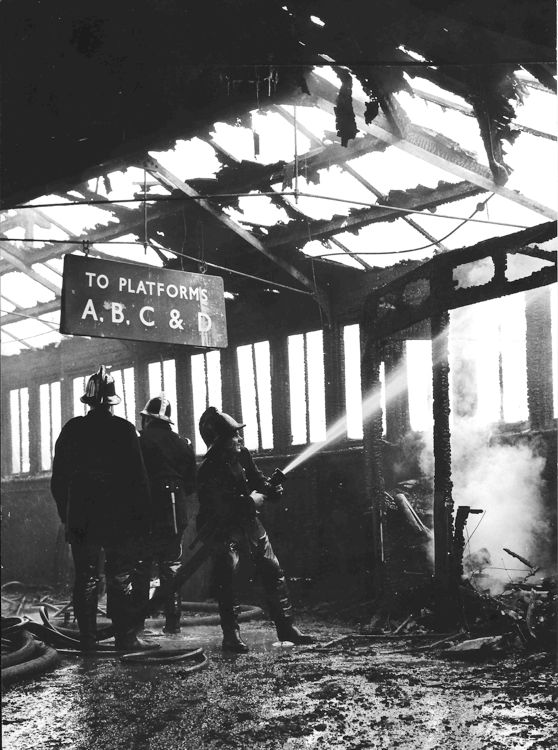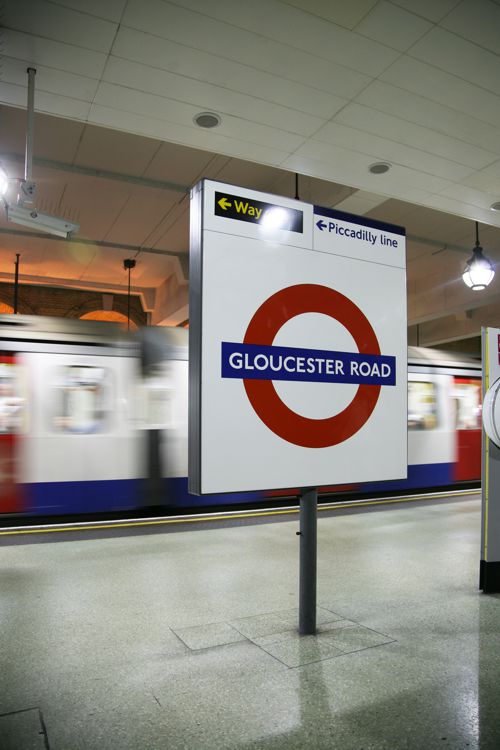Solid Sign Technology


Vitreous enamel is an extremely durable finish produced by fusing specialist glasses onto metal, usually steel or copper, at high temperatures. The process ensures that there is full chemical adhesion between the finish and the substrate, unlike paint finishes which rely on mechanical adhesion. The glass-like nature of the finish gives it very high durability, weather resistance and colour stability.
Vitreous enamel is part of everyday life and found all around us. You will find it on many kitchen surfaces including cookers, saucepans and barbecues. You will find enamelled cast iron or steel baths and clock and watch faces. Out of doors, we use enamel for street signs, Underground station signs, architectural panels, storage and treatment tanks and many other places. It is selected because it is weatherproof, vandal resistant, fireproof and because it lasts and lasts and lasts. The Titanic’s Captain Smith’s enamelled bathtub has survived very well under the sea for more than 100 years.
Vitreous enamel signs can come in a variety of sizes and designs are used in an increasing number of sites, both urban and rural. Chris Taylor of the Vitreous Enamel Association speaks of a particular example, “One of the benefits of using vitreous enamel signs can be seen in the picture taken immediately after a fire some years ago at Waterloo station. When everything else was black and charred the vitreous enamel sign was still hanging and readable from the blackened roof.”
Signage in vitreous enamel remains popular due to the multiple benefits of durability colourfastness and graffiti resistance. No other finish can offer such high standards and the images on this page show what can be achieved.
Taylor continues, “There are some criticisms levelled at vitreous enamel signs, the main one being cost. However, the rising price of alternatives has made this much less of a factor. Secondly, the finish is thought to be prone to chipping, although any sign that is attacked with the force required to damage modern vitreous enamel is sure to be chipped or seriously damaged regardless of the finished used. Thirdly, there are limitations in the reproduction of complex artwork. However, modern processes allow the addition of a full range of solid colours and the reproduction of full colour photographic or art images within a sign.”
He concludes, “The ability to be easily cleaned is one of the important benefits of vitreous signs because solvent cleaners do not have any detrimental effect on the finish. This allows cleaning to remove spray paint on site at very little cost. Once cleaned, the sign will be as good as when it was first installed every time it is cleaned.”
